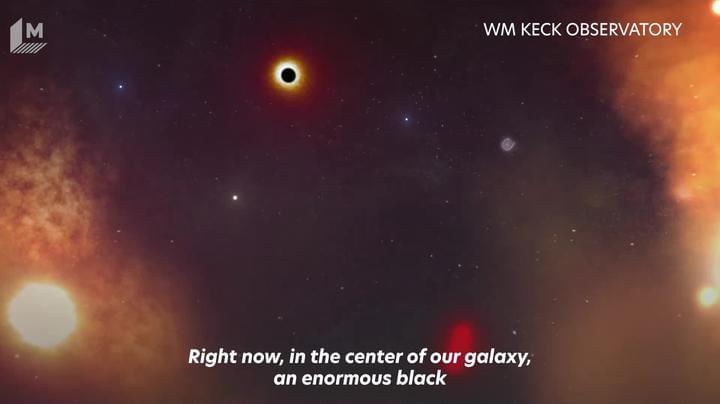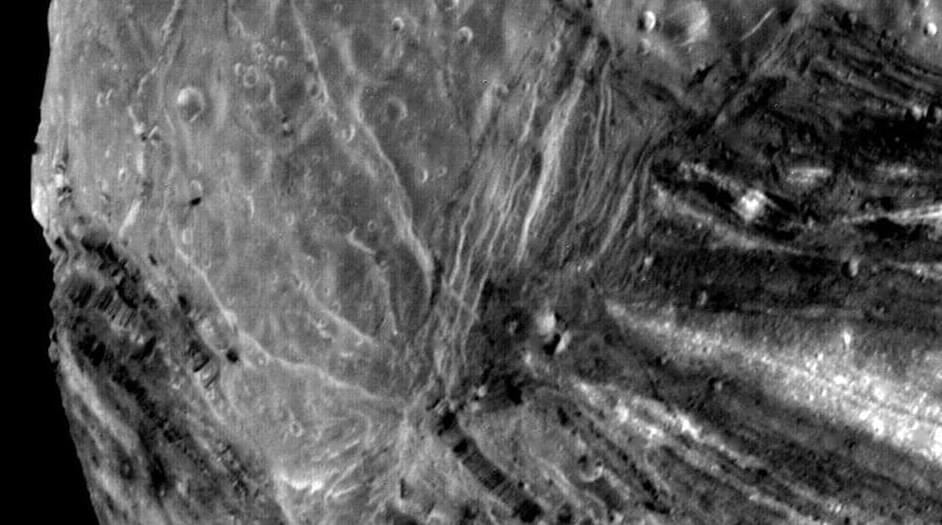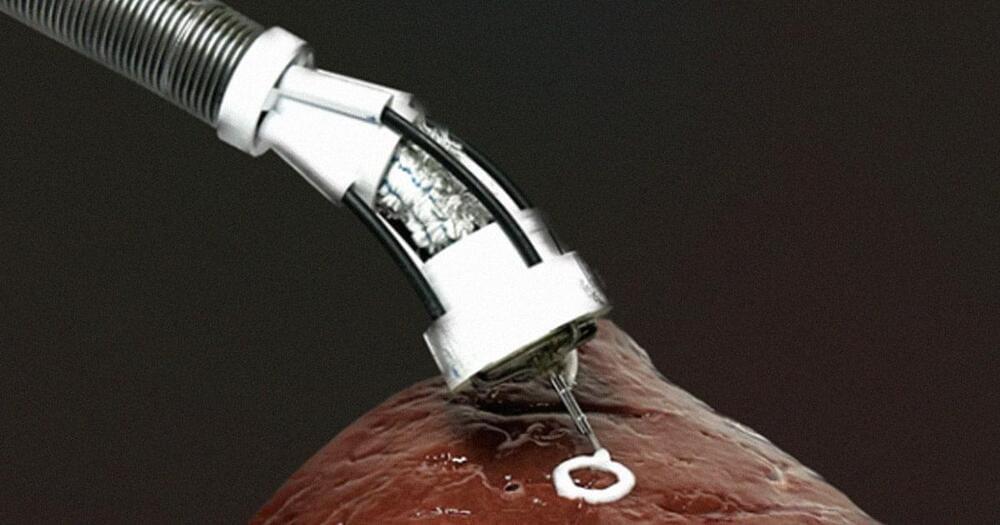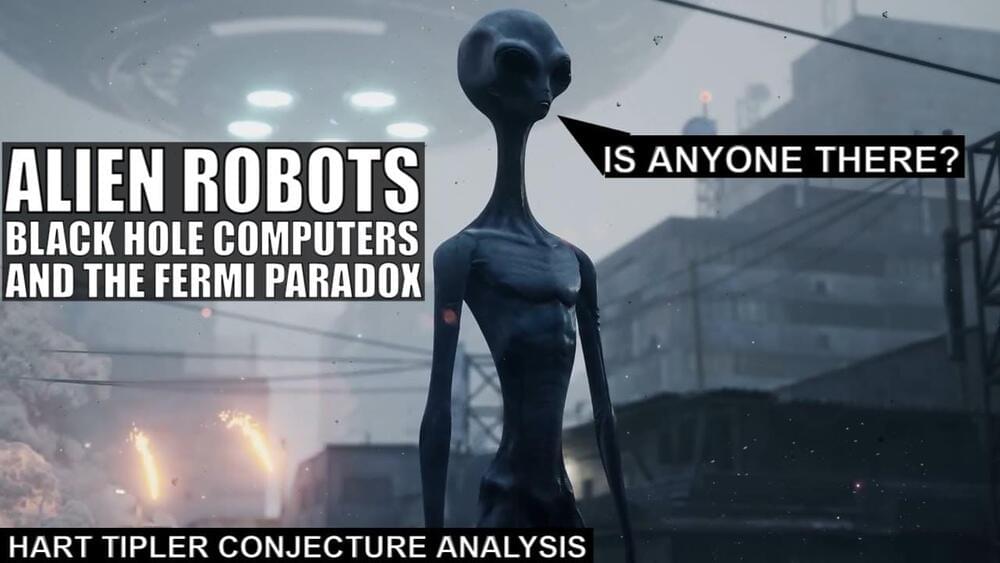We could finally see passwords retired in favor of passkeys with Android 14.
SpaceX writes to the FCC after people notice that the FCC’s official broadband maps say Starlink is available in areas where users face long waitlists.
A team led by Boston College has devised a new quantum sensor method to image and comprehend the source of photocurrent flow in Weyl semimetals.
In a recent paper published in the journal Nature Physics.
As the name implies, Nature Physics is a peer-reviewed, scientific journal covering physics and is published by Nature Research. It was first published in October 2005 and its monthly coverage includes articles, letters, reviews, research highlights, news and views, commentaries, book reviews, and correspondence.
Right now, in the center of our galaxy, an enormous black hole is stretching an object apart like it were taffy. And scientists currently have a rare view, and images, of this extreme cosmic event playing out. A thick cloud of gas and dust dubbed “X7” is rapidly approaching the supermassive black hole Sagittarius A*.
The high cliffs of Miranda barely scratch the surface of why Uranus’ moon is so unique.
A team of engineers at the University of New South Wales in Sydney, Australia, has developed a tiny, flexible robotic arm that’s designed to 3D print material directly on the surface of organs inside a living person’s body.
The futuristic device acts just like an endoscope and can snake its way into a specific location inside the patient’s body to deliver layers of special biomaterial to reconstruct tissue, clean up wounds, and even make precise incisions — an amazing jack-of-all-trades they say could revolutionize certain types of surgery.
face_with_colon_three year 2022.
It’s all in the power of kinetic energy. Oh, and batteries.
Influenza B is a type of virus that causes the flu. It is one of three types of influenza viruses, along with influenza A and C. Influenza B typically causes milder symptoms than influenza A, but it can still lead to serious illness and complications in certain populations, such as young children, elderly adults, and people with weakened immune systems.
‘Losing jobs to ChatGPT will never happen. The human mind is the most flexible instrument — so what you should do is, use ChatGPT as the base and then show your creativity!’ says Infosys Founder NR Narayana Murthy on whether ChatGPT is likely to take away coders’ jobs. Speaking to the press on the sidelines of the Nasscom Technology and Leadership Forum, Narayan Murthy said, “In 1977–78 there was a thing called program generators. Everybody said the youngsters will lose all jobs, it didn’t happen… The human mind is the most flexible instrument. It can adapt very well. And all that happened was people start solving bigger and bigger problems, which these program generators could not handle.” Murthy said that ChatGPT is good and one should welcome it…
———————-
Thank You for watching! Do not forget to Like | Comment | Share.
———————-
About the channel.
Watch us for the best news and views on business, stock markets, crypto currencies, consumer technology, the world of real estate, bullion, automobiles, start-ups and unicorns and personal finance. Business Today TV will also bring you all you need to know about mutual funds, insurance, loans and pension plans among others.
Follow us at:
Website: https://www.businesstoday.in.
Facebook: https://www.facebook.com/BusinessToday.
twitter: https://twitter.com/business_today.
Instagram: https://www.instagram.com/business_today/
Get a Wonderful Person Tee: https://teespring.com/stores/whatdamath.
More cool designs are on Amazon: https://amzn.to/3wDGy2i.
Alternatively, PayPal donations can be sent here: http://paypal.me/whatdamath.
Hello and welcome! My name is Anton and in this video, we will talk about new explanations of the Fermi paradox focusing on the Hart Tipler Conjecture that tries to disprove the existence of extraterrestrial intelligence.
Links:
https://ui.adsabs.harvard.edu/abs/1975QJRAS…16…128H/abstract.
https://arxiv.org/abs/2301.09575
Potential other resolutions of Fermi paradox:
https://www.youtube.com/watch?v=b3xro2jHevk.
https://www.youtube.com/watch?v=k_B9YP5nEWw.
https://www.youtube.com/watch?v=b3xro2jHevk.
Hawking radiation: https://youtu.be/6h6MgvBLrxk.
Penrose process: https://youtu.be/A-WIsnoX2Uw.
0:00 Intro.
0:40 Hart-Tipler Conjecture in a nutshell.
3:40 Main criticism of this idea.
7:10 Potential conclusions.
9:00 Potential solutions from Quantum Computing.
Support this channel on Patreon to help me make this a full time job:
https://www.patreon.com/whatdamath.
Bitcoin/Ethereum to spare? Donate them here to help this channel grow!
bc1qnkl3nk0zt7w0xzrgur9pnkcduj7a3xxllcn7d4
or ETH: 0x60f088B10b03115405d313f964BeA93eF0Bd3DbF
Space Engine is available for free here: http://spaceengine.org.









